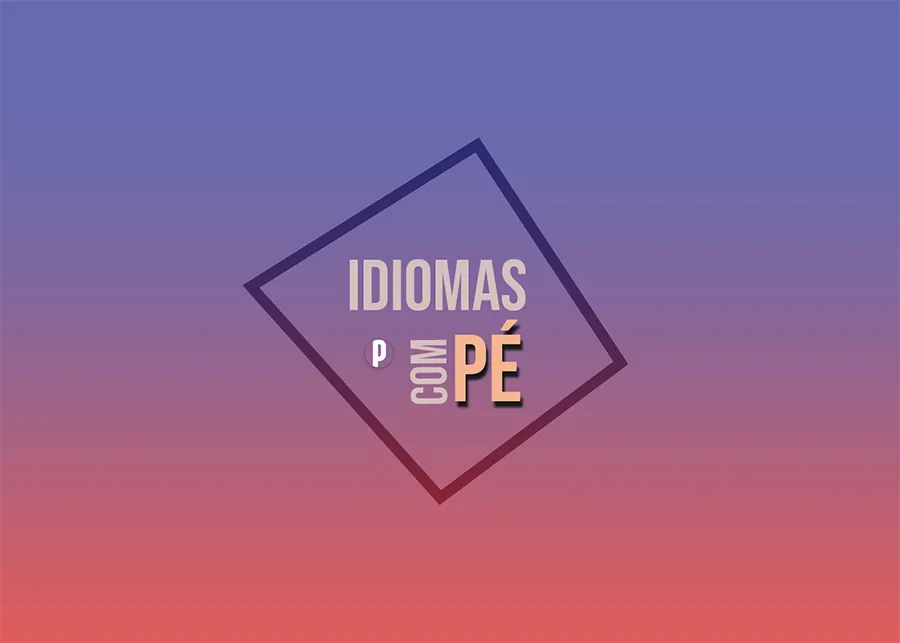
Portuguese Idioms with “Pé”
Getting acquainted with Portuguese idiomatic expressions is key to reaching language fluency and feeling at home with day-to-day lingo.
Today, I am bringing you 13 frequently-used Portuguese idioms, all of which have this one thing in common: they mention the word pé. Let’s dive in.
1. De pé atrás
De pé atrás denotes caution or suspicion:
| O João ouviu a explicação do Miguel mas, contudo, ficou de pé atrás. João listened to what Miguel had to say, but he was still suspicious. |
2. Com pezinhos de lã
We say, com pezinhos de lã when someone is trying to move quietly:
| A Alberta entrou no quarto com pezinhos de lã para não acordar o Ricardo. Alberta walked into the room on her tiptoes so as not to wake Ricardo. |
3. Bater o pé
Bater o pé means to stand one’s ground.
| O Francisco tentou persuadir-me mas eu bati-lhe o pé. Francisco tried to coax me but I stood my ground. |
4. Do pé para a mão

Olá! I'm Pedro and I'm your Portuguese teacher.
Ready to unlock the beauty of European Portuguese? Portuguesepedia is your key! This all-in-one platform provides a wealth of learning resources, from bite-sized video lessons to immersive idiomatic dips. Perfect your pronunciation and aural comprehension with listening drills and solidify your grammar with in-depth articles. Start your Portuguese journey today!
Share this article
Get my guide "Key Strategies to Learn Portuguese" for FREE.
